We are celebrating our 3-year friendship. Artist-climate activist and ecologist-designer. We met in Portland (a tip of two floral hats, and a gracious thank you to David and The Nature of Cities), a long way from Toronto and longer still from Cape Town. Our conversations have become a multi-media notebook of sketches, photographs, internet memes, poems, voice notes… and lots of botanical discoveries. We walk a creative tension, exploring the blurred boundaries between endangered and emerging ecosystems; we mourn what is lost, rejoice in what is saved, and wonder what is yet to be found.
Where will my broken-heart for nature go? I see pale promise of the novel and the newly-emerging, in places distorted by species dislocated. I take deep pleasure in the weedy and the stray, the forgotten humble plants and the mongrel landscapes of their in-between.
Nina-Marie Lister (NML): Normal work is what caused this. So, what are we working for, if not to save our home, our beautiful planet? We are living out-of-bounds. We are entering a new world of our making. And likely less hospitable for us, no longer the masters.
Advisory: there are pictures below of animals killed on the road.
NML: The images are riveting. We use them in research. Combing through them by hundreds, thousands to track movement patterns, hot spots. But I am the one captivated. I realise the animals have character, personality. Do they wonder at us and our voyeurism?
KC: I’m fascinated by the flattened quality of the flash images. At night especially, you lose the resolution, you lose some of the very quality you seek to highlight. It’s a strange and compelling irony.
NML: Then there are the real traps…our house-sitter trapped a weasel in the kitchen compost. It was so angry, spirited, it almost chewed through the wire cage. Was it our home or its home from which we ousted it?
KC: I found this from T.S. Elliot. It has helped shed light … hard poetry for hard times:
What are the roots that clutch / what branches that grow / out of this stony rubbish…
NML: We hit a squirrel in the road today. Had to turn around and run it over again, because it was writhing. Mercy. But why now, when the world seems falling apart? But then I came home to find a swallow in the garden, calling for a mate. It had come home too. Small miracles of migration… signs of life carrying on around us, without us.
KC: A time of monsters perhaps: the old world is dying and the new cannot be born.
NM: What do you suppose we will keep, lose or leave? What we will keep and what will we let go? I hope it is with a breath of kindness, as the chaff is blown from the grain…
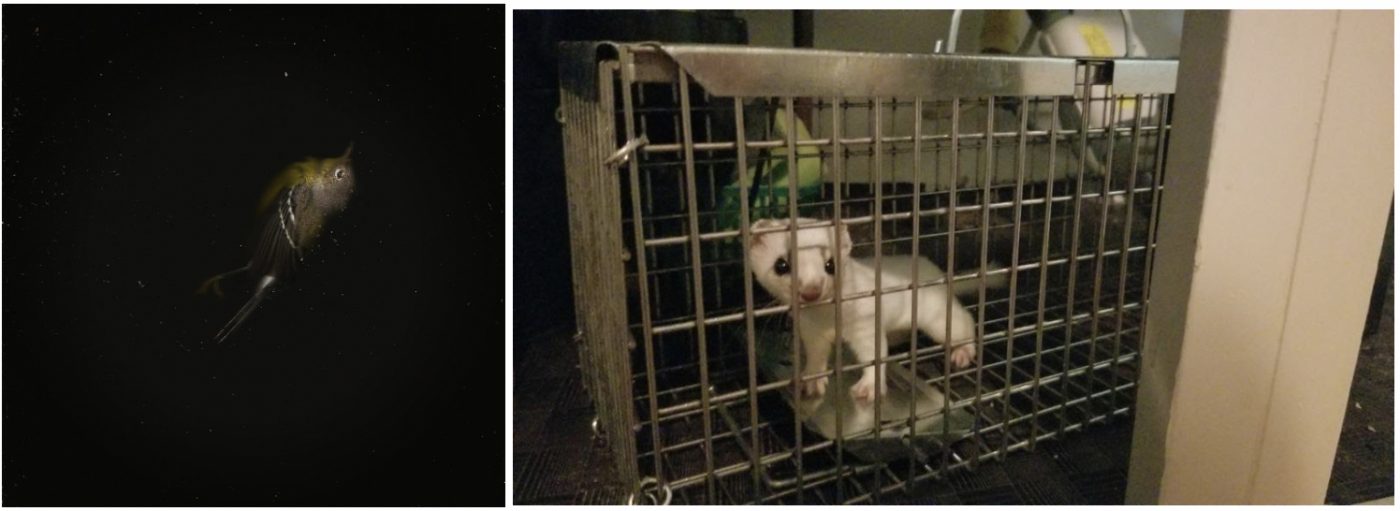
~ ~ ~
One in the hand
I heard the sickening thump while tap-tapping at my keyboard. Looked up and saw him? her? lying prone, wings spread wrong, legs kicking, head lolling. I reach out, gingerly, my breath coming shallower and faster, hoping. My heart thud-thudding. My fingers trace the silky feathers, warmth radiating through the impossible rosy hue that stains the breast. A tiny heart tick-ticking. I exhale and bring the bird to rest, inside a crude and makeshift nest, a box, a towel an hour. Dark and quiet. Deeper breaths. I cannot bear another one lost to my vitrine vanity. Deadly windows, too close to the shores that beckon the birds home to recover, feed and breed. I wait, I peek and am relieved. So is the Rose-Breasted Grosbreak—who rose, shat, fluffed, and in a blink, flicked and flit away. One more survives to sing the song of spring.
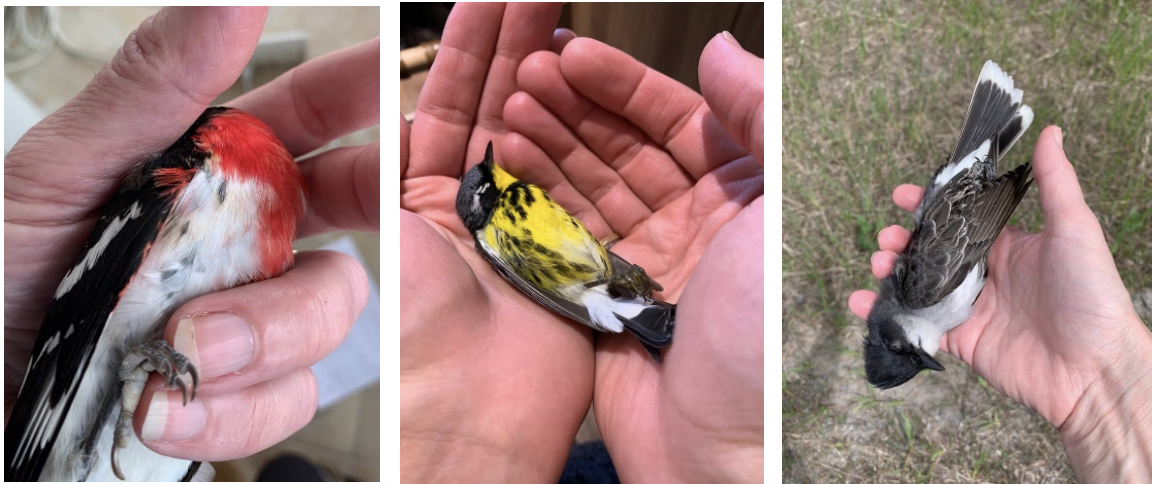
~ ~ ~
Dislocated
I am running, sweating, panting, and late. It’s unseasonably hot for June. Summer dress sticking to my legs, impractical heels catching in the cobblestones, clack clack. My overstuffed briefcase weighed down by books and the umbrella, contorted and clumsy, smack smack. I stop and check my Metro map. Am I lost? Surely they won’t start without me. I duck around the corner in hopes of a shortcut. I hear a distinctly tropical squaw-squaw, an avian laugh, just out of sight. Squaw-squaw, tongue-clicking, tsk tsk. Mocking me. Where am I? I stop, turn and listen again, moving away from the meeting I’m missing. Squaw-squaw ha-ha tsk tsk. I am at once pulled and propelled by that seductive taunt. The heat is oppressive, the air humid and swollen with the threat of rain. I look up nervously, scanning the darkening sky. Wet grey wooly wads against the hazy, fading blue. Then, an improbable flash of emerald—an iridescent green between the grays. I squint and then stare. There they are, a mocking flock of parakeets come into focus, alighting in the London plane trees. African ring-necked parakeets. They look at me curiously, a clumsy sweaty human, staring open-mouthed in wonder as the skies open. I am a stranger in Paris. And they are, quite unnaturally, at home.
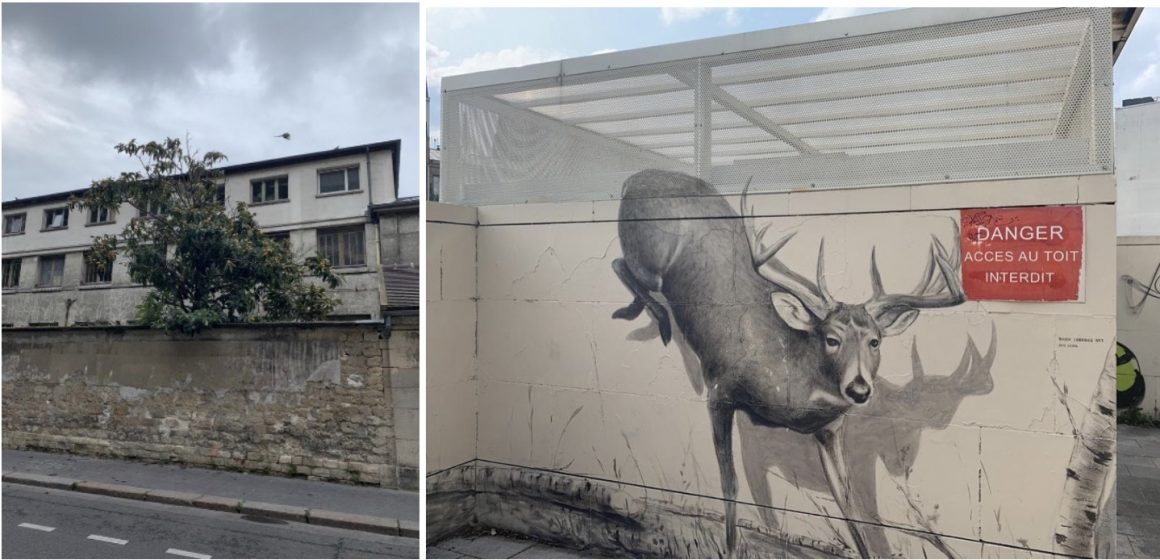
~ ~ ~
Emergence
Night time, rain-slicked road, headlights fuzzy in the fog. The droplets plop-plopping on my windscreen become waves. I can’t see. Slowing down to wish-wash through the river that was the road. Everywhere there are frogs. Hop-hopping between the yellow lines, black tracks my tires make. I can’t bear to look at the carnage the car is wreaking. Which is the water? Where is the road. The tempest has washed them into one. Water is everywhere before it is somewhere1as rains gather to form rivulets, rivers that now ravage roads. I am in the impossible terrain of rain2, watching as the frogs move like fish, overtaking the road in the storm. The headlights now blurry eyes, peering into the pouring. Rain. And in a flash, there is white, strobe-light bright and rising. Swiftly, silently, up, up into the forest overhead. Her wing tips stroke the windscreen, their span dwarfing the tin-can car. An owl on her prowl is undeterred by weather, water or the whimper of the human barely breathing in her shadow.
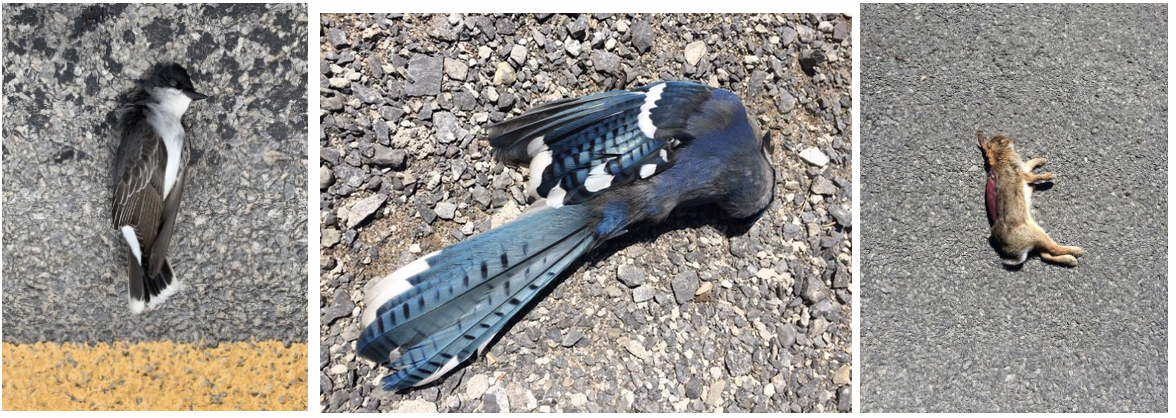
~ ~ ~ ~
Trapped
Measurements are made. The camera carefully placed. Hidden in the brush. Track pads raked clean of prints made by paw, hoof and claw. The infra-red eye staring. Waiting. But silent stalkers and quiet walkers will make movements however slight. Rustle, bustle, chase and burst forth into its view. Click-click. (Com)motion triggers shutter. Click-click, the creature’s ears prick-prick. Ears hear, head turns and the gaze is caught by the eye. Who has been here? More than we see, the night creatures, hidden in plain sight. Where do they walk, rest and roost? Silently slinking, quietly creeping, boldly bounding they are caught and held, their grainy, ghosted images trapped. Voyeurism as research. They leave us this trace, a tiny tease. Prints on paths that intertwine invisibly with ours.

~ ~ ~ ~
Promise
There is so much beauty in the biodiversity of this blue marble. Breath-taking, heart-stopping, mind-numbing. We cannot ever count it all. The library of life is bleeding away, lost to us before it is ever found. Can it be loved when it is not counted, classified, or named? I hope so. We lament the loss, but we do nothing. I mourn the crushed egg, fallen from the nest, life leaking into my hand3. I feel the sharp pull of my insides when I pass the slumped shape by the roadside, fur matted, a rusty pool staining the pavement. I walk among still-warm feathers at the toe of the towers, counting the mounting carnage each spring and fall. I await the return of winged migrants, breath held each spring, through weird and wacky weather. Their numbers, like their bodies, plummet. Vital, vernal and eternal, the insects hatch, the buds burst, but where are those who feed, forage and feast on this bounty? In the midst of this crash, I look for signs of life among the ruins.
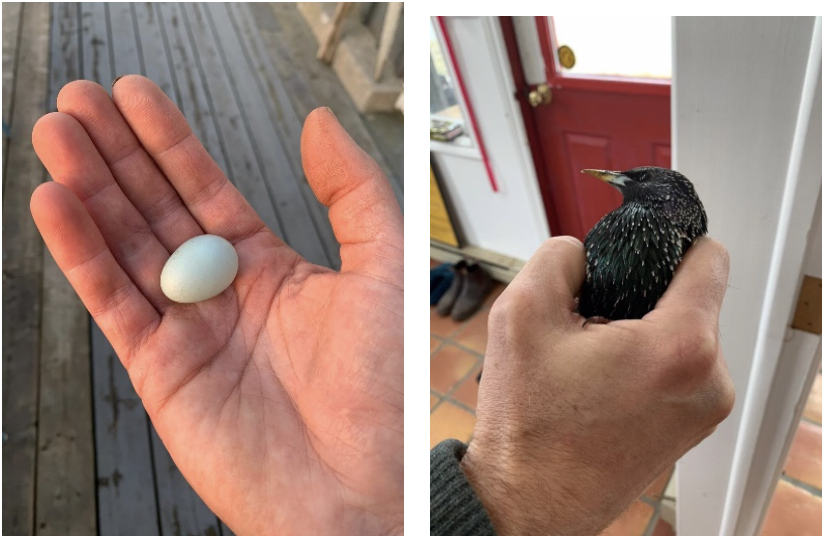
Some species surprise us, emerging as if from fairy-tale slumber, blinking into city light. Others appear here, then are gone, vanished overnight. The racoons and rats are thriving, but the whip-poor-wills gone silent. Parrots in Paris, boars in Rome, coyotes and foxes in Toronto, New York and Montreal too. In cities, the swifts spiral around collapsed and abandoned chimneys. But what is the barn swallow without the barn?4 Our cities grow bigger, consuming countryside, slipping into wildlands beyond. The wolves have been returned to Yellowstone but remain far from their ranges, pushed out and corralled in a park. It is easy with a full-heart to be lulled into to love with the wild and sacred large landscapes of our protected places. But if you fall in love with the marginal landscapes of sacrifice and suffering, then (as Jedidiah Purdy laments), “your love prepares your heart for breaking”5.
Where will my broken-heart for nature go? I see pale promise of the novel and the newly-emerging, in places distorted by species dislocated. I take deep pleasure in the weedy and the stray, the forgotten humble plants and the mongrel landscapes6 of their in-between. I hope fervently and fiercely for connections made among the fragments, for remaking the ruins, and re-weaving and re-wilding. For the moment though, I am stuck between lamenting what is lost and learning patience for what is yet to be found.
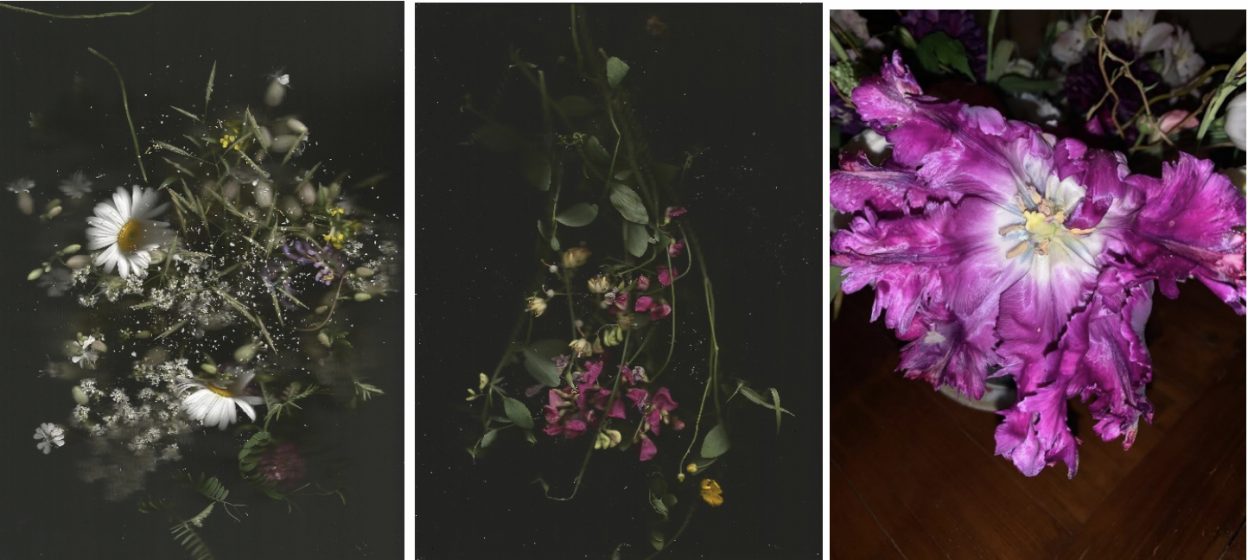
After / Spring
NML: I find myself wandering around derelict lots and storm drains in this sad city… they are bizarre beacons of hope, life emerging among the ruins. Weeds and waste, where escaped pets have become feral. A new urban nature.
KC: I realise what a soft spot I have for these “damaged” landscapes. There is something I relate to, something that mirrors what is inside. When I see weeds peeping through, it brings me such joy, and it just sucks me in.
NML: Light along with life emerges from the cracks. The weeds destroy the pavement we laid down.
KC: I wonder what happens when we lose patience and hope but keep the compassion?
NML: Compassion and humility. They are all we have got to make meaning life in a ravaged beautiful and emerging new world.
NML: Today I saw a lone trumpeter swan fly overhead and land in the bay. It was breath-taking to see this magnificent and rare creature, all white, with a black face and black legs. It swam with some geese, honking for a mate that may never come. The geese flew away, and it remained alone. Honking plaintively, or hopefully?
KC: My brother found that last recorded call of that extinct bird, and I was listening to it while I worked. It awakened this awful private (or maybe lonely?) sense of loss. I just listened and listened … and then a bird landed on my balcony. A little sparrow.
NML: This evening I heard a whip-poor-will sing in our hedgerow at dusk. I held my breath and waited to be sure I’d really heard, and not just imagined it. My eyes brimmed and leaked, and my heart stirred and opened. I had not heard that song in a decade at least.
Legends say that the whip-poor-will can sense a soul departing and can capture it as it flees. I wonder, does the whip-poor-will sing for the soul of our departing world? Or does it capture ours, before we are lost?
Let us hold onto the birds of the earth with as much hope as we have for the songs they sing.
~ ~ ~
Nina-Marie Lister
Toronto
Endnotes
- Dilip da Cunha, 2018. The Invention of Rivers: Alexander’s Eye and Ganga’s Descent. University of Pennsylvania Press. 352p.
- Ibid.
- With thanks to Kat Claassens for her poem (Egg, broken by cat’s teeth), pers. comm. 2020.
- With thanks to Jeremy Guth for asking the question, pers. comm. 2020
- Jedidiah Purdy, 2015. After Nature: A Politics for the Anthropocene. Cambridge MA: Harvard University Press (page 206).
- Richard Weller’s term in “World Park”, in LA+ Wild. Vol 1 (10-19).


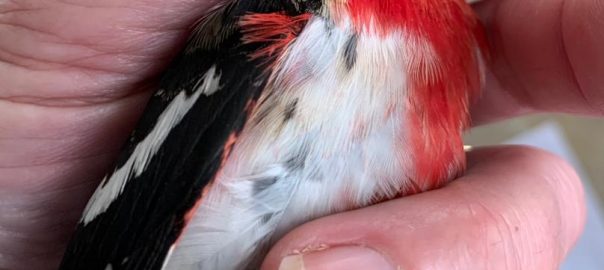
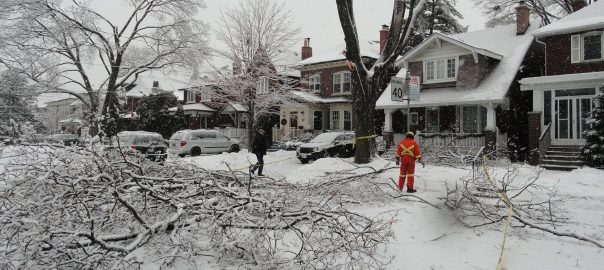
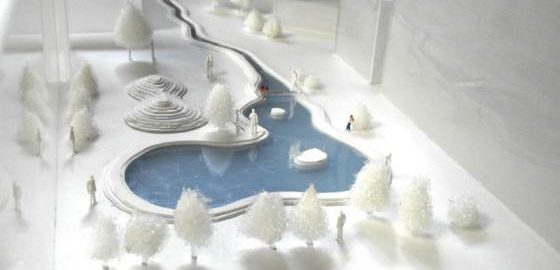
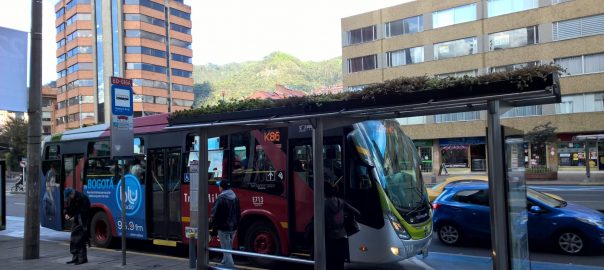
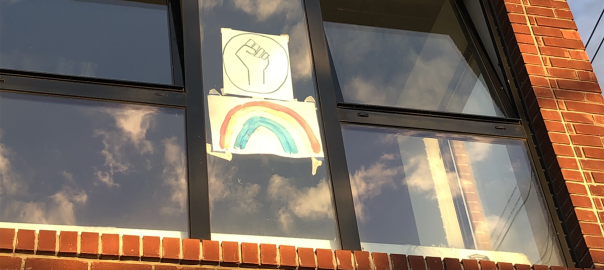
Leave a Reply